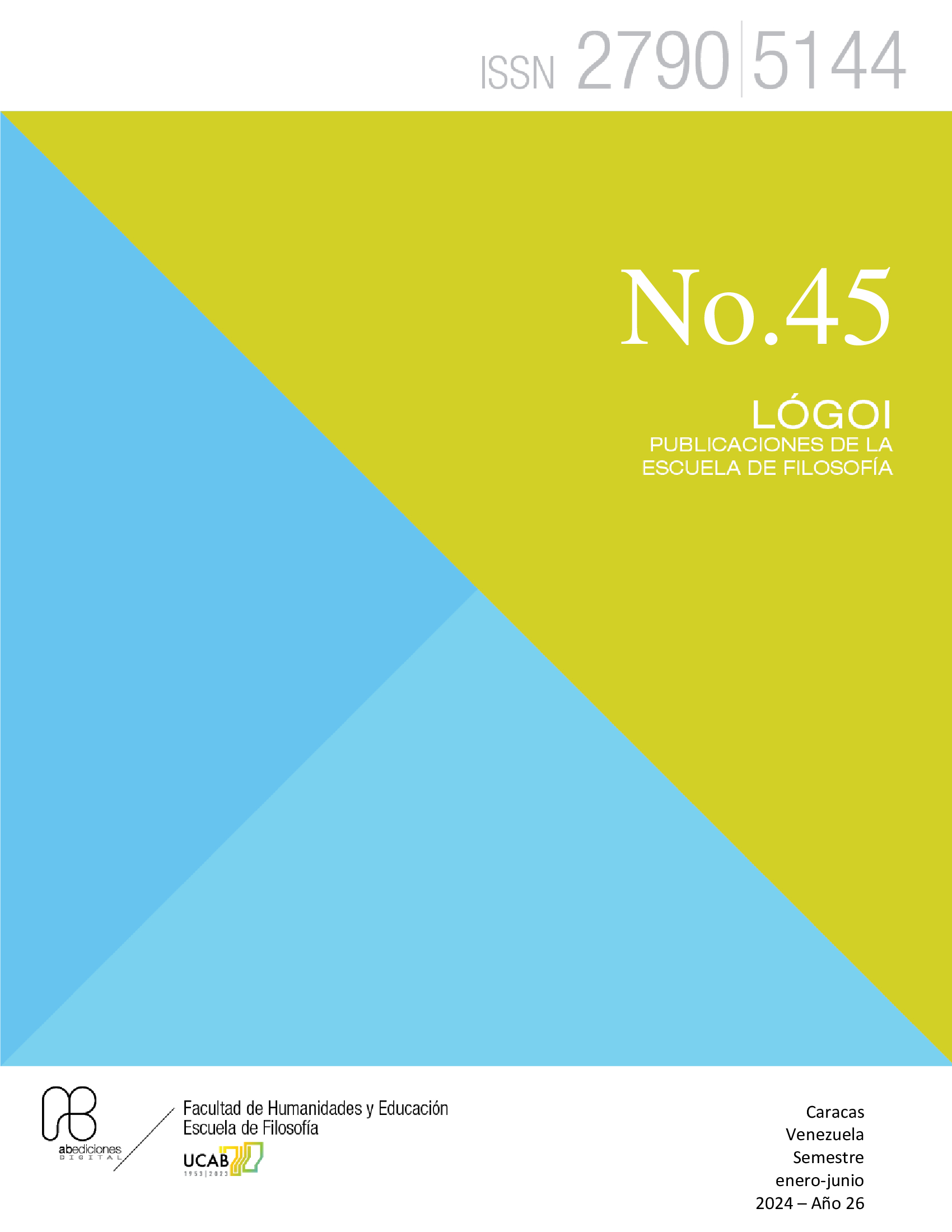Sobre loros estocásticos. Una mirada a los modelos grandes de lenguaje
DOI:
https://doi.org/10.62876/lr.vi45.6480Palabras clave:
Inteligencia artificial IA, modelos de lenguaje, GTT-4, semántica, lenguaje humano, lenguaje artificialResumen
Este artículo examina críticamente la naturaleza y las capacidades de los sistemas de inteligencia artificial (IA) avanzados, con un enfoque particular en los modelos de lenguaje de gran escala como GPT-4. Utilizando la metáfora del "loro estocástico" propuesta por Bender et al. (2021), se analiza la habilidad de estos sistemas para generar respuestas basadas en estadísticas y probabilidad, destacando tanto su impresionante progreso como sus limitaciones inherentes. A pesar de la capacidad de estos modelos para producir texto que parece coherente y contextualmente apropiado, se argumenta que carecen de una verdadera comprensión semántica y consciencia, caracterizándolos más como imitadores sofisticados que como entidades conscientes.
Descargas
Citas
Arkoudas, K. “ChatGPT is no stochastic parrot. But it also claims that 1 is greater than 1”. Philosophy & Technology, 36(3), (2023): 54. DOI: https://doi.org/10.1007/s13347-023-00619-6
Arkoudas K, Bringsjord S. Philosophical foundations. en: Frankish K, Ramsey WM, eds. En The Cambridge Handbook of Artificial Intelligence. (Cambridge: Cambridge University Press; 2014): 34-63. doi:10.1017/CBO9781139046855.004 DOI: https://doi.org/10.1017/CBO9781139046855.004
Bender, E., Mcmillan-Major, A., Gebru, T., & Shmitchell, S. “On the Dangers of Stochastic Parrots: Can Language Models Be Too Big?” En Proceedings of the 2021 ACM conference on fairness, accountability, and transparency, (2021): 610-623. https://dl.acm.org/doi/10.1145/3442188.3445922 DOI: https://doi.org/10.1145/3442188.3445922
Bubeck, S., Chandrasekaran, V., Eldan, R., Gehrke, J., Horvitz, E., Kamar, E., ... & Zhang, Y. “Sparks of artificial general intelligence: Early experiments with gpt-4”. arXiv preprint (2023). arXiv:2303.12712.
Chalmers, D. J. “Facing up to the problem of consciousness”. Journal of consciousness studies, 2(3), (1995): 200-219.
Dennett, D. C. The Intentional Stance. (Massachusetts: MIT Press. 1987).
Dreyfus, H.L. The Dreyfus Model of Skill Acquisition. In: Burke, J., Ed., Competency Based Education and Training, Falmer Press, London, (1989): 181-183.
Turing, A. M. “Computing machinery and intelligence” (1950). En The Essential Turing: the Ideas That Gave Birth to the Computer Age, (Oxford: Oxford University Press. 2012): 433-464.
Vaswani, A., Shazeer, N., Parmar, N., Uszkoreit, J., Jones, L., Gomez, A. N., & Polosukhin, I. “Attention is all you need.” Advances in neural information processing systems, 30. (2017). https://arxiv.org/abs/1706.03762
Verma, P., & De Vynck, G. “ChatGPT took their jobs. Now they're dog walkers and HVAC techs”. - The Washington Post. Washington Post. (2023, June 2).
https://www.washingtonpost.com/technology/2023/06/02/ai-taking-jobs/
Publicado
Cómo citar
Número
Sección
Licencia
Derechos de autor 2024 Derechos de autor 2024 Gustavo La Fontaine

Esta obra está bajo una licencia internacional Creative Commons Atribución-NoComercial-CompartirIgual 4.0.










.png)












